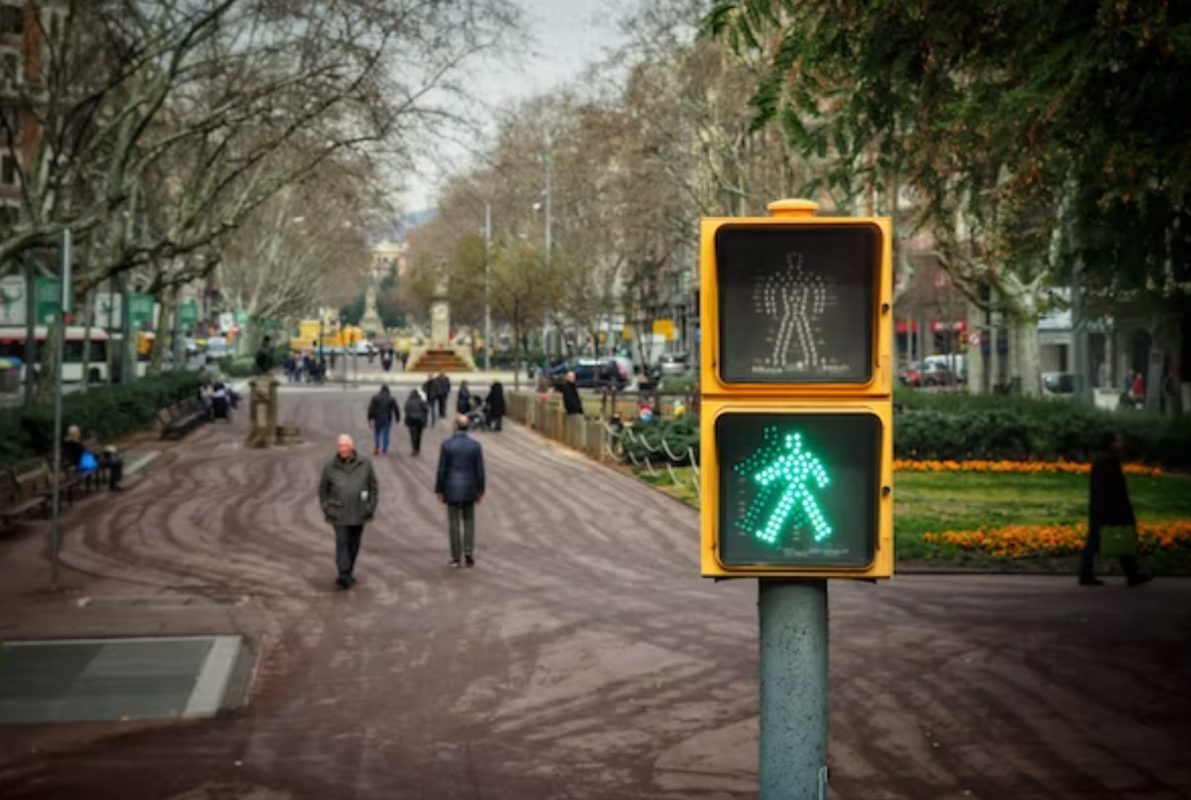Traffic lights are an important part of the transportation system, and they play a critical role in helping drivers make safe decisions. However, for some people, traffic lights can be confusing or even dangerous.
While it’s rare for drivers to have perfect vision, it’s estimated that more than 16 million Americans are affected by color blindness. In addition to making it more difficult for them to see objects like traffic lights and signs, this also makes it difficult for them to know when the light has changed from green to yellow, or red to green. For example, if you’re color blind and you see a green light at an intersection, you may not realize that there is another set of lights across the street that has turned yellow until it’s too late.
This guide will help you understand the challenges that color blind drivers face with traffic lights and learn about potential solutions for creating safer, color blind traffic light systems.
Color blindness is a common visual impairment that affects millions of people worldwide. It can be caused by hereditary factors or by a variety of eye diseases including macular degeneration and diabetic retinopathy.
Challenges for Color Blind Drivers
Color blindness can impact many aspects of daily life, including driving. There are several challenges for color blind drivers:
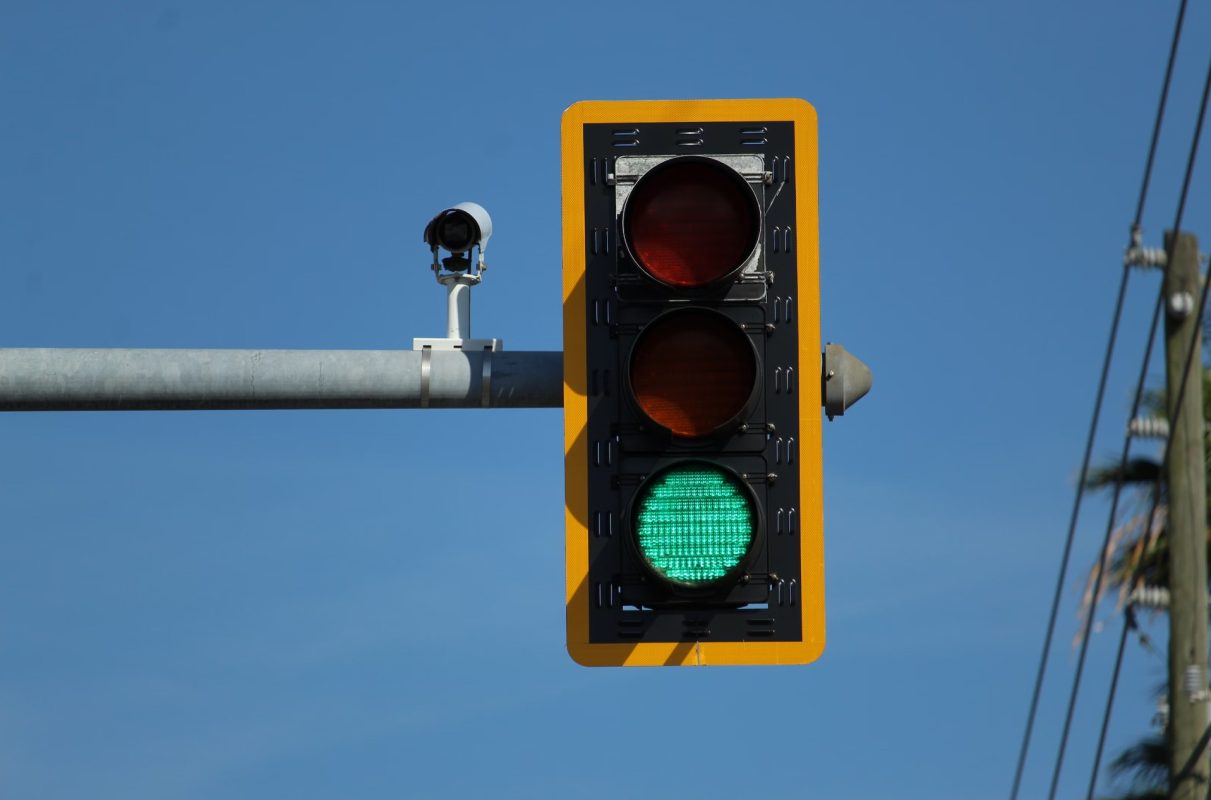
Misinterpretation of traffic lights: Color blind drivers may misinterpret traffic lights due to their difficulty distinguishing colors such as red, yellow and green. Some countries use an audible signal (e.g., a bell) to indicate whether the light is green or red. In addition, some intersections have arrows on top of each traffic light which tell you which way to turn when the light turns green.
Difficulty with road signs: Most road signs in the U.S. use colors to indicate what they mean (e.g., green means go). However, there are some countries that use symbols instead of colors (e.g., a circle with two arrows pointing in opposite directions means no left turn).
Difficulty with traffic signs: The words on many signs are difficult to read because they are made up of different colors such as black letters against a white background or white letters against a black background. The words are also written in a different language from your own, which makes it even more difficult to read them correctly.
Difficulty with traffic lights: In some countries, the color of the lights at an intersection does not always mean that you should stop or go; it may mean something else instead (e.g., green means go but yellow means slow down).
Solutions and improvements
There are also some other solutions that have been proposed for improving traffic safety for those who are color blind. These include:
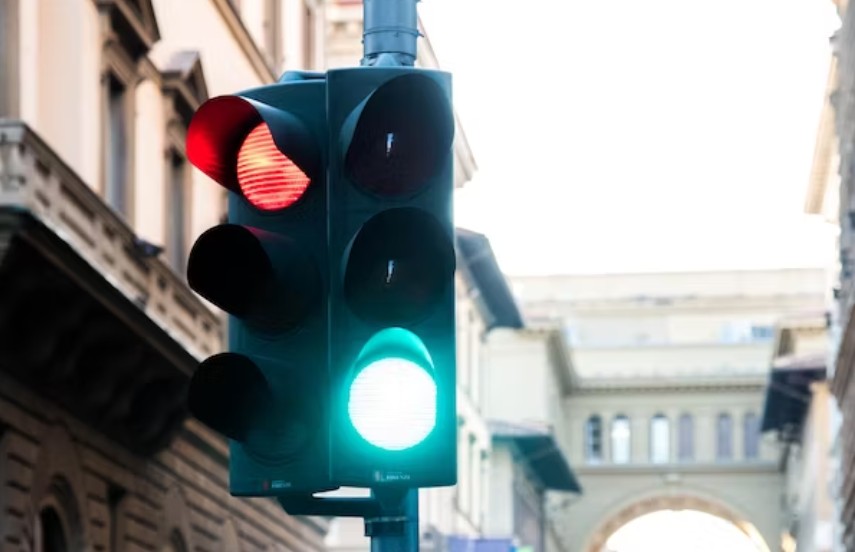
Addition of more lighting. This can be done by using different colors or using brighter colors, but it also requires more power. Additional lighting can also be used to indicate the presence of other vehicles, pedestrians or cyclists.
Improving traffic lights by using a combination of different wavelengths of light. For example, using both red and green lights together would allow those who are color blind to see both colors when they approach the intersection. Similarly, using red and yellow lights in conjunction could also help those who cannot see red or green very well to identify when it’s safe to cross an intersection.
Improving road signs by making them more visible to people who are color blind through the use of symbols or pictures rather than words only; this would make them easier for everyone to understand regardless of their ability or disability .
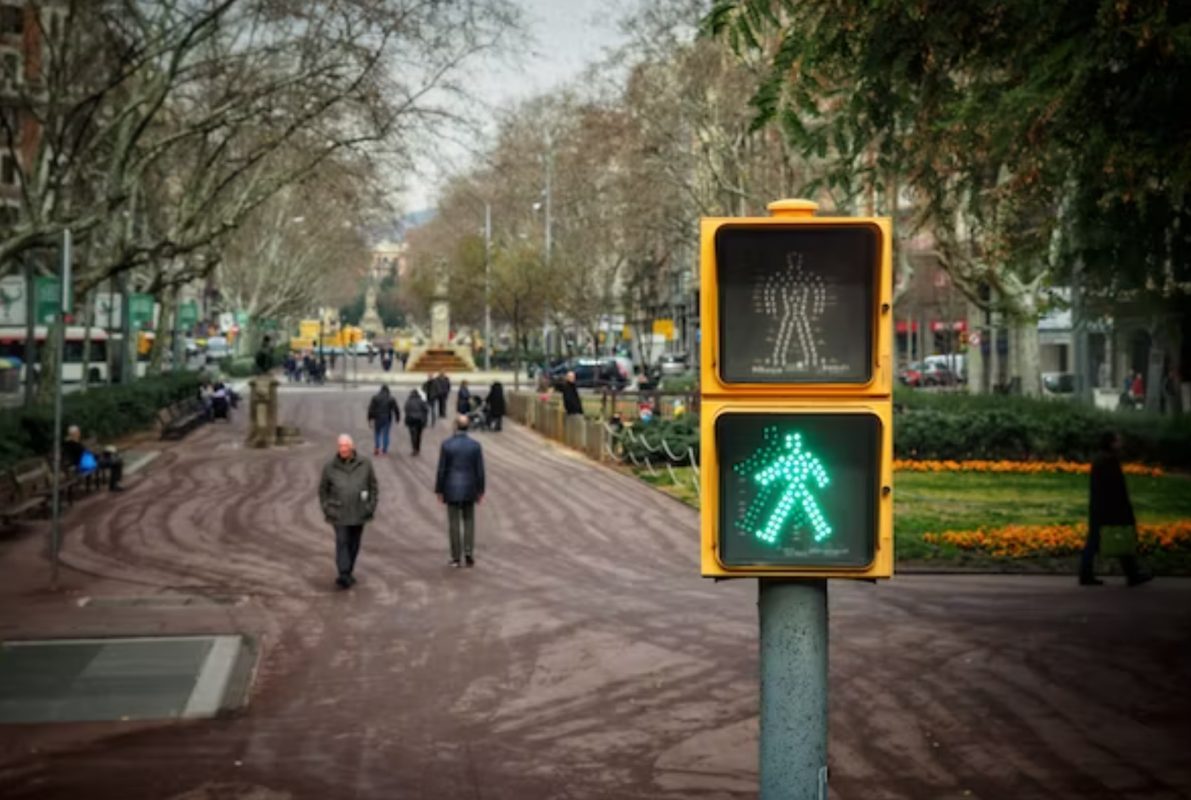
Implementing traffic lights that use different colors in combination with each other rather than only using red and green; this would help those who are color blind to identify when it’s safe to cross an intersection without having to rely on the use of words.
While traditional traffic lights use red, green and yellow light bulbs, some cities have installed “blue” or “bluish green” bulbs in their traffic lights to make them more visible to people with red-green color blindness (protanopia).
Regulations and standards
Regulations and standards are the key to ensuring that traffic lights are color blind friendly. There are several regulatory bodies around the world that help regulate traffic signals, and they all have different guidelines on how to make them color blind friendly. These include:
Government and Local Regulations
The color of traffic lights is regulated in the United States by the Federal Highway Administration (FHWA). The Manual on Uniform Traffic Control Devices (MUTCD) specifies that traffic signals should be yellow or amber in color, except where special pedestrian signal heads are used.
Such an exception is the case with pedestrian signals that have flashing red indications. These signals are sometimes used to warn pedestrians about specific hazards when a normal red traffic light would not be appropriate. In some cases, solid red lights are also used for this purpose.
The MUTCD does not require states to use yellow or amber lights for traffic lights or other control devices, but it does specify that these colors should be used wherever possible because they stand out better than white, red, or green lights in all kinds of weather conditions.
In addition to this standardization of colors, there is also a standardization of shapes and symbols used on traffic signs and signals. For instance, stop signs are octagonal in shape with a white background and black letters or numbers; yield signs have a white diamond shape with black letters or numbers; and speed limit signs have a circle shaped background with black lettering on them.
International Guidelines for Traffic Lights
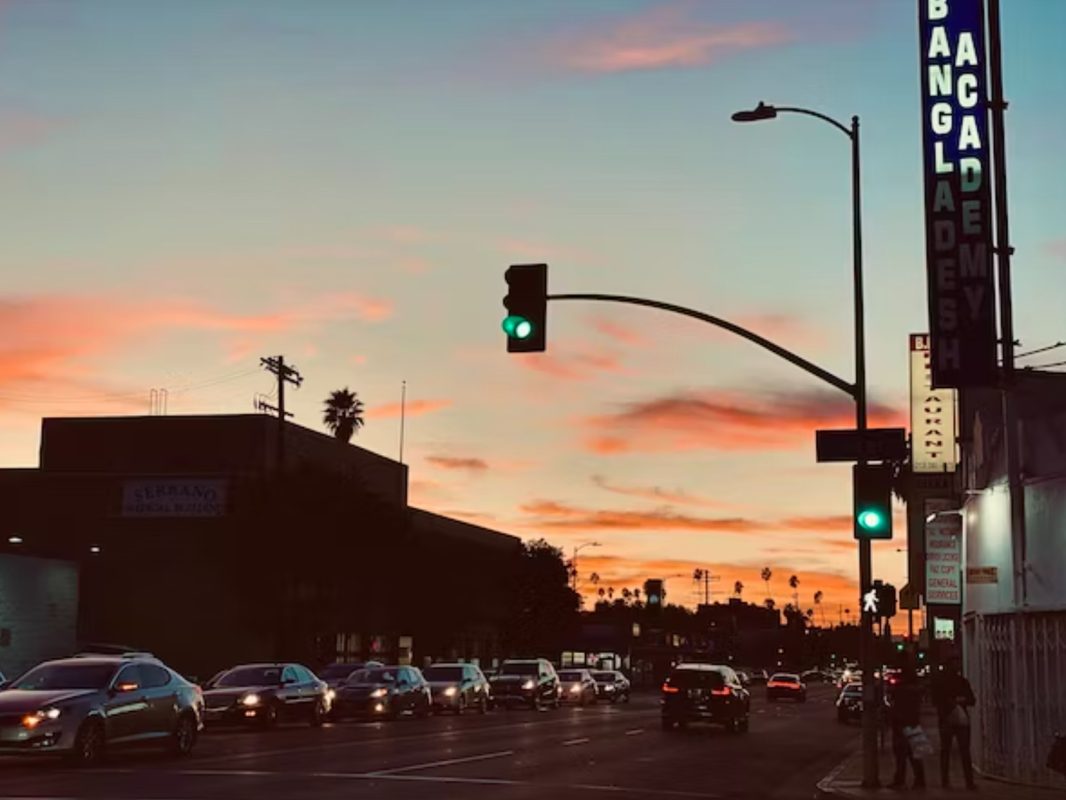
In the United States and Canada, there are no official standards for traffic lights. However, both countries use the SAE standard that was developed by the Society of Automotive Engineers (SAE) in 1962. The SAE standard establishes guidelines for traffic light colors, their order and timing patterns.
In Europe, however, the CIE International Commission on Illumination has established international standards for traffic lights.
The CIE standard specifies colors for red, amber and green lights. These colors must be visible across all cultures and races so that drivers can easily identify them no matter where they are located or what language they speak.
The same rule applies to timing patterns: The sequence of colors should be identical regardless of where you are driving.
Technology and innovations
In the last few years, technology has made it possible for people with color blindness to experience a world where traffic lights are easily visible. A handful of companies have developed mobile applications designed to assist those with color blindness to see traffic lights more easily. These apps use augmented reality technology to overlay the current traffic light onto your smartphone screen. They also give you information about the status of each light at any given time.
There are several different kinds of apps available:
Colorblind Traffic Light Finder is an app that uses augmented reality technology to display traffic lights as they appear to people with normal vision. It also provides an explanation of how each type of traffic signal works, as well as information about how to use them safely if you have red-green color blindness. UK-based software developer Trevor Burgess created the app and is available in the iTunes Store.
Color Blind Traffic Lights is another app that uses augmented reality technology to display traffic lights as they appear to people with normal vision, while also providing information about how each type of signal works and how to use them safely if you have red-green color blindness.
Color blind glasses and Contacts impact on traffic light perception
The most common way to improve traffic safety for people with color blindness is through the use of color blind glasses or contacts. These tools help those who suffer from red-green color blindness see better when it comes to the red and green lights used in traffic lights. They aren’t perfect, but they do allow people who are affected by this condition to better understand what color their light is in order to avoid accidents or follow the rules correctly when riding a bicycle or driving a car.
Best practices and recommendations
In order to improve traffic safety, we need to make our traffic lights as visible and understandable as possible for all drivers regardless of their color vision status.
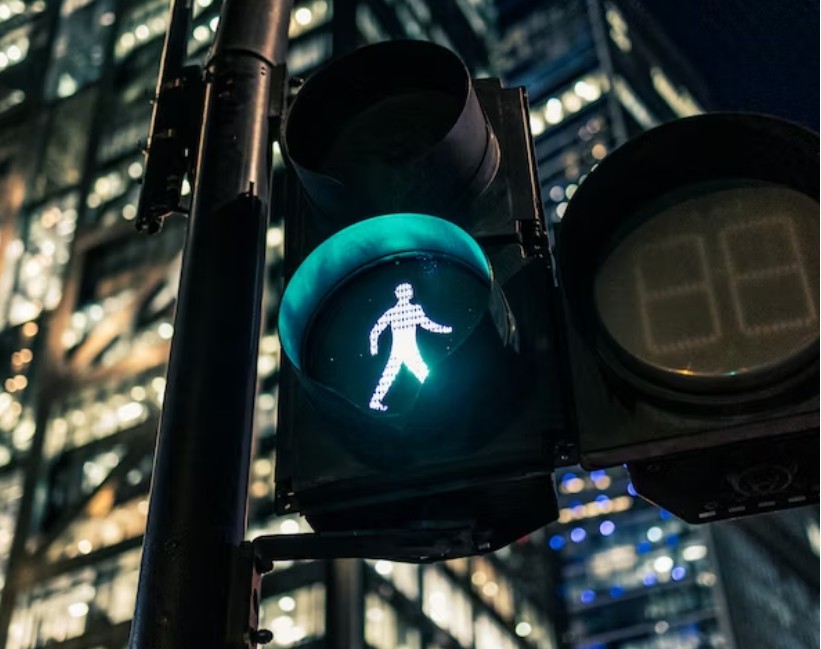
1) Sensitizing the public on color blindness and traffic lights: The first step toward improving traffic safety is educating the general public about color vision deficiencies. This will help people understand why it is important to use a combination of colors when designing traffic lights. For example, if you have red-green color blindness, you may not be able to tell whether a green light is on or off based solely on its color (i.e., without seeing it against something else). It would be helpful if you could look at an image like this one:
2) Advocacy for implementing color blind friendly traffic light systems: Another way to improve traffic safety is advocating for implementing color blind friendly systems in cities across America. Since there is no national standard for designing safe traffic signs yet (although there are some states that have implemented their own), it is important to voice your concerns about this issue and help push for change. You can do this by contacting your local city council members or state representatives and letting them know you support safe traffic signs for people with color vision deficiency.
Final Thought
In conclusion, improving traffic safety for color blind drivers is a collaborative effort that requires education, advocacy, and embracing technological advancements. By working together to raise awareness and promote color blind friendly traffic light systems, we can make a positive impact on road safety and create a more inclusive transportation network for all.

